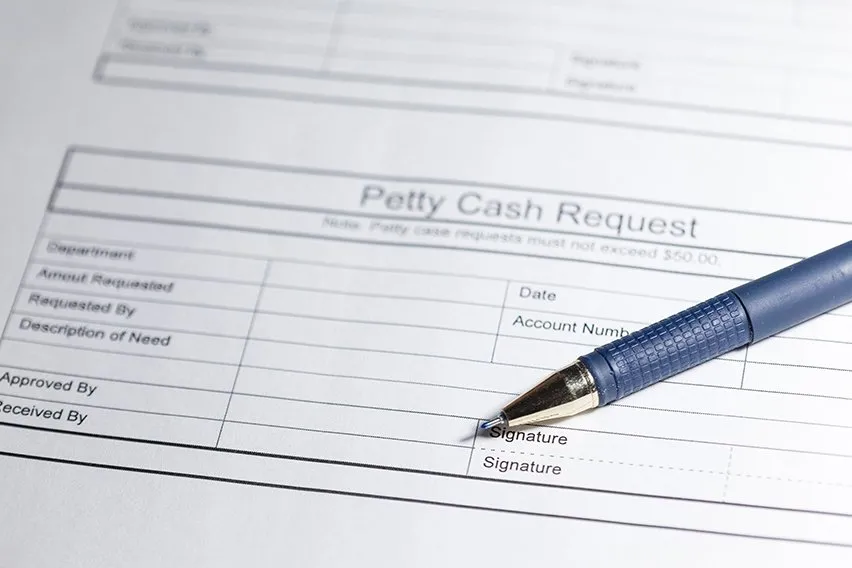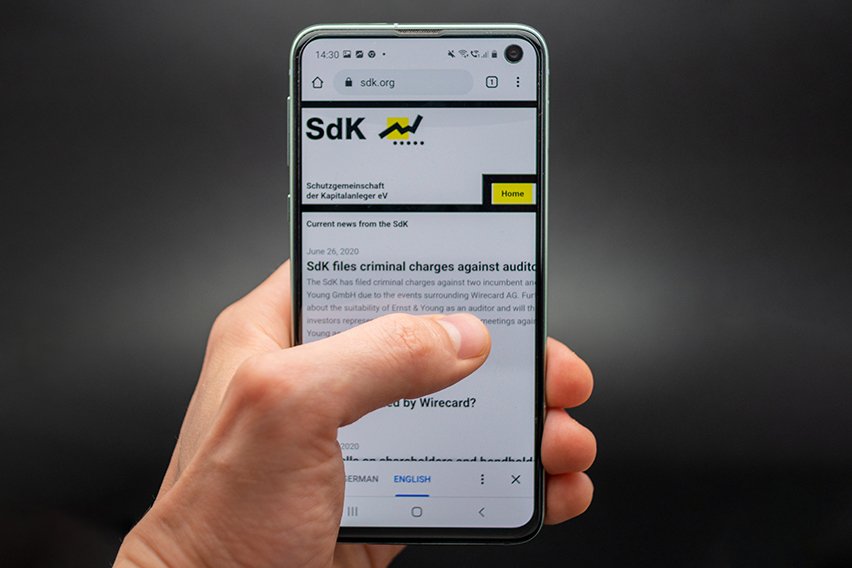What Is Petty Cash? How to Set Up & Manage It

Learn how to manage your petty cash box in this mini guide!
Many of us may have heard the term petty cash if we’ve worked in an office. The petty cash “custodian” keeps it in a small box in the office. Every time there’s a meeting and the executive assistant runs out for sandwiches, it’s the petty cash jar that funds it.
But what is the true definition of petty cash? How can you set it up for your business? And how do you manage it legally for tax purposes?
Here’s What We’ll Cover:
How Do You Set Up A Petty Cash Fund – Step by Step
How Do You Manage Petty Cash? Top Tips
What Is Petty Cash?
Petty cash is a small amount of discretionary cash that a business will keep afloat in the office. It’s to cover ad-hoc expenses that would be inconvenient to write a cheque for. Cue last-minute meeting sandwiches when a big client comes to town.
It also typically covers:
- Small office expenses e.g printer ink when the printer inevitably runs out
- Employee reimbursements for small amounts. This doesn’t include large scale reimbursements like mileage expenses.
- Unanticipated business expenses like taxis or a birthday card for the newest recruit

How Do You Set Up A Petty Cash Fund – Step by Step
- You need a petty cash custodian and cashierThe petty cashier is the person that is responsible for writing the cheque or withdrawing the money to fund the account. If you have a small business, this could be you, The petty cash custodian is the person who manages the fund. Whenever a member of your team spends money on behalf of the business and wants cash payment, they go directly to this person.
- Get a lockbox or cash registerIt’s pretty easy to find a hardy, failsafe lockbox or till at an office supply shop. Think about the space you want to store it in to ensure you get the right size.
- Fund the fund You can do this by withdrawing from an ATM or writing a cheque. If you have accounting software like ours, the withdrawal will appear automatically on your expenses. You mark it as a petty cash fund. For cheques, write the amount you want to keep afloat and cash the cheque. In your accounting ledger journal entry, it should clearly state that the money was both debit and credit for the same amount. This will show that the money is still available – just in physical form.
- Set up a petty cash logYour petty cash ledger needs to be diligent and thorough. It runs on vouchers, Your custodian is in charge of collecting petty cash vouchers in return for the money in the lockbox. Any employee that asks for reimbursement needs to complete a petty cash voucher. Save all of the vouchers and sales receipts to keep a tidy record of them on your financial statements.

How Do You Manage Petty Cash? Top Tips
- Make sure that absolutely every petty cash expense is accounted forIt may seem like a small change but it really isn’t! These are business expenses that can skew your accounting. Missing petty cash happens all of the time purely because someone forgot to record the expenses on your ledger. It’s vital that your custodian keeps on top of this.
- Make a petty cash policyThis is to make sure that all employees know the process. Who do they need to go to get reimbursements? What counts as a petty cash expense? These details need to be clear and accessible for everyone. Tip: If you have a medium to large corporation, you’ll likely need a petty cash fund per department.
- Make a habit of replenishing the petty cash drawerIt’s typical that the moment you need to raid the piggy bank, it’s all gone! You or the cashier should make a habit of replenishing the fund whenever it’s getting low.
Key Takeaways
Petty cash is a useful tool for all businesses to have – large or small. But it’s vital that you maintain diligent accounts so your balance sheet is accurate.
For more accounting guides like this one, head to our resource hub!
RELATED ARTICLES

 What Is a Transaction? Definition & Meaning in Accounting
What Is a Transaction? Definition & Meaning in Accounting What Is a Facilitation Payment? Definition & Examples
What Is a Facilitation Payment? Definition & Examples What Is an SDK? All You Need to Know
What Is an SDK? All You Need to Know How to Transfer Money to PayPal Account in 5 Steps
How to Transfer Money to PayPal Account in 5 Steps What Are Alternative Payment Methods (APM)?
What Are Alternative Payment Methods (APM)? PayPal Recurring Payments: A Set-up & Cancel Guide
PayPal Recurring Payments: A Set-up & Cancel Guide